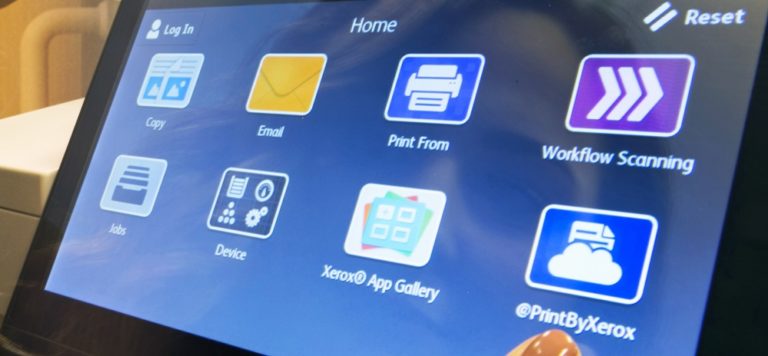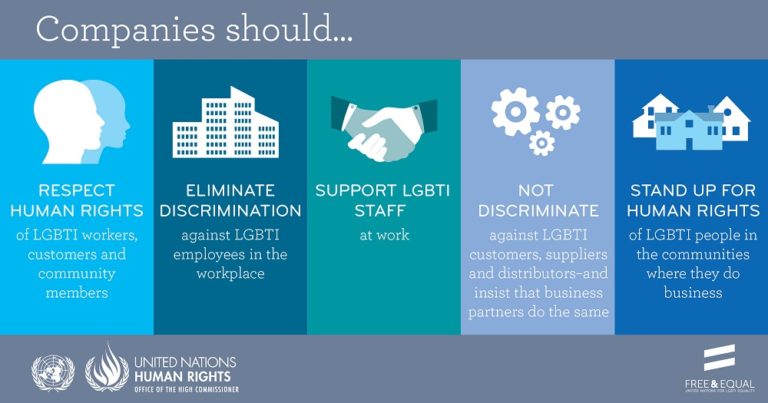By Ed Gala, vice president, Marketing, U.S. Client Operations, Xerox
Sitting on a flight from LA to Chicago, I have plenty of time to ponder this question: What do airlines and hospitals have in common?
The question is top of mind following a meeting with Ann Rhoades, co-founder of JetBlue airways, and Xerox healthcare clients. Rhoades thinks the parallels between the two seemingly disparate industries are so compelling that she now devotes much of her time to transferring lessons learned from pilots and passengers to physicians and patients. 
Fascinating stuff, though as I facilitated the round table discussion between Rhoades and IT leaders from large hospital systems like Molina, HCA and UCLA, I wondered if others would agree about the similarities of managing airplanes and hospital beds.
And just when I feared the conversation would crumble, a spirited discussion broke out!
It seems pilots and doctors both tend to have strong opinions about things — and carry the responsibility of human lives in their hands. They are disciplined and driven by data. And they don’t care much for muckety-mucks from headquarters telling them what to do and how to do it.
When you enter a hospital or an airplane you have to check your attitude at the door. You relinquish control to the experts. You are required to provide personal data. Your clothes are stowed in the baggage compartment or in plastic bags marked “patient belongings.”
Suddenly, I’m very grateful that while I’m a bit sore from sitting in a cramped center seat, at least no one forced me to wear one of those dreaded robes with the open back side.
As we make our descent into O’Hare, I’m reminded that turbulent times in all kinds of industries are forcing companies to share best practices and innovative strategies necessary to succeed in a rapidly changing marketplace. Xerox clients in LA talked about pairing tech-savvy younger docs with more tenured colleagues who might not be as nimble with new tools of the trade. And I don’t mean scopes and scalpels; I’m talking iPads, digital storage, scanning and security software.
Rhoades says they do the same kind of “pairing” in the airline biz where younger pilots bring new tech skills to the cockpit, sharing and learning alongside captains who earned their stripes many years ago.
Strategic partners are also playing a role, bringing cross industry expertise and change management skills to the organizations they serve.
Simulated training, electronic records management, compliance, sustainability, BYOD, mobility, competitive and cost pressures … all common challenges between aviation and healthcare.
Wheels down in Chicago, I’m thankful for a safe, on-time arrival. And I have a doctor’s appointment coming up soon. Who knows, maybe someone from the airline shared a useful insight with someone from my healthcare system. I certainly hope so.



Doctor errors kill more people every year than all deaths in aviation since the Wright bros. Hospitals are at lease 2 decades behind the airlines in accident prevention. If you go to CVS and try and pick up non compatible prescriptions their software will give an alert. So buy one of those medicines at CVS and walk next door to Walgreens and buy the other and kill off your kidneys. Simply centralizing prescription records will save thousands of lives every year. All airline pilots are retrained and tested at least every year. Grossly incompetent doctors simply transfer to a different hospital/local if found unfit. Insurance costs are an insignificant part of your airline ticket, but a huge part of your medical bill–for good reason.
This story sounds incredibly enough like “Rip -Off Journalism” as in the author and indeed Ann Rhoades – have read and clearly absconded from “What if Hospitals Could Fly” – written by John Nance – Former Commercial Pilot and husband to Kathleen Bartholomew – who wrote Ending Nurse to nurse hostility – Why nurses eat their young and each other. I am a big fan of their written work and have had the pleasure to meet them both. Ed Gala – VP of Marketing – you should refer to your sources. It’s the professional thing to do.
Thanks Greg, for recommending John Nance’s book @jjncom which I had not read but just bought at http://www.whyhospitalsshouldfly.com/index.html. The similarities between healthcare and aviation are fascinating and I look forward to learning more from John’s insights.
One profoundly important quality absent from this piece and the airline industry is the quality and art of compassion. However, I’m doubtful that the airlines could learn anything from the hospital since it has chosen to become an “industry.” I remain amazed that a vocation based on the care of human suffering could abandon its calling for the bottom dollar.
And more profoundly different than one could ever imagine. No one boards an airplane without first paying for the flight, the flight which is sheduled at the airlines convenience based on loads and positioning of aircraft. Pilots have strict duty hours and are not allowed to fly beyond those even if the flight has to be cancelled. Pilots can cancel a flight at their discretion if faulty equipment is found and the list goes on and on. Doctors on the other hand…
Biggest thing Healthcare can learn from airlines? USE CHECKLISTS!
I thought one of the most important opportunities for learning amongst these two industries was in the area of attitude towards errors. I had heard that pilot trainees and pros were encouraged to talk openly about errors, whereas I’m guessing this is not so much the case in health care.